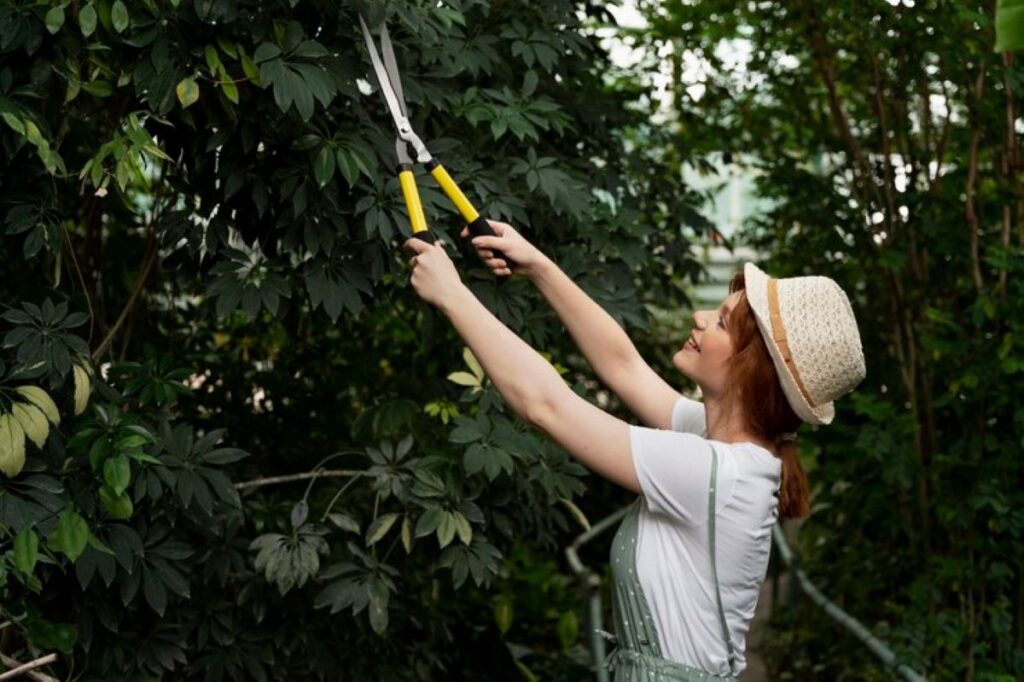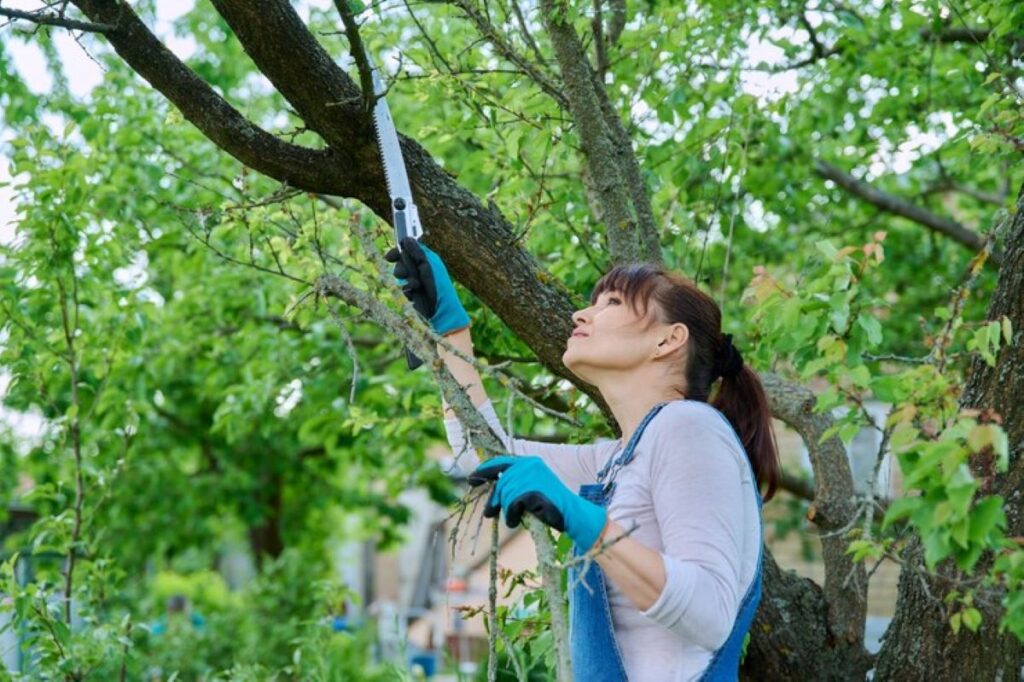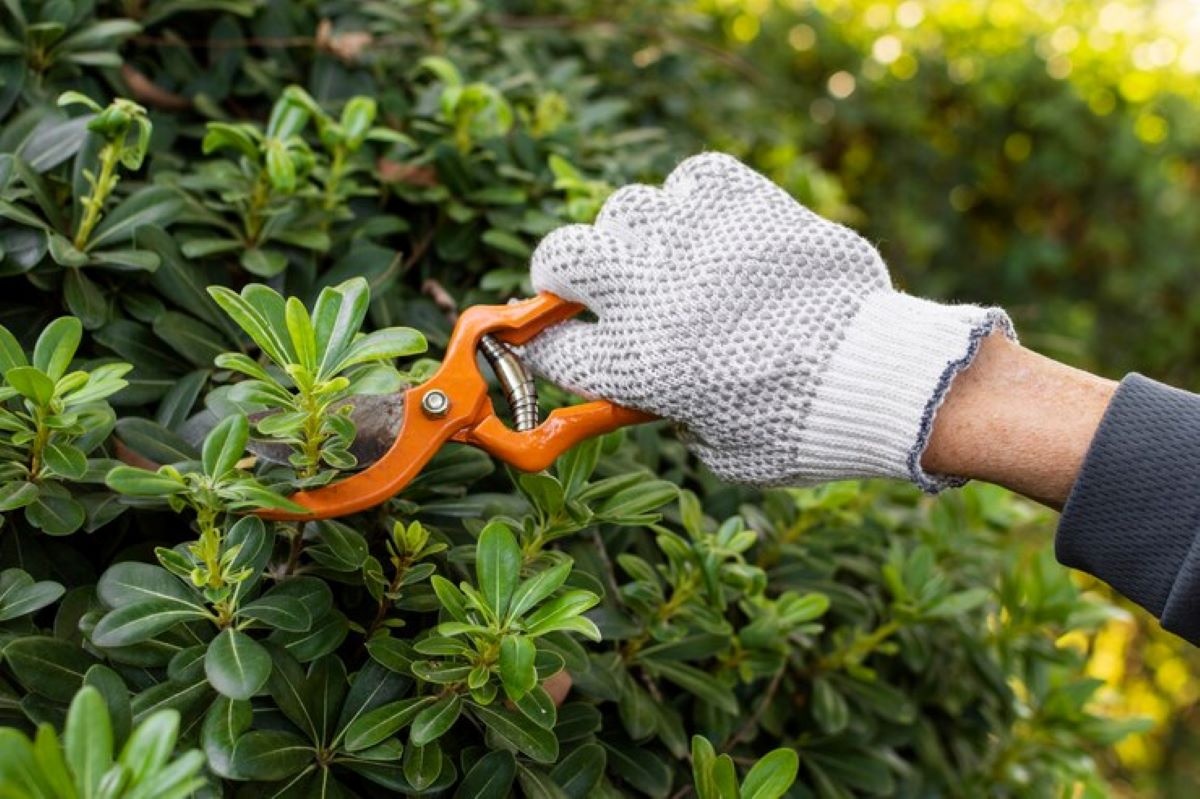The Best Tree Pruning Practices for Sydney Homeowners
Tree pruning is an essential aspect of maintaining a healthy and aesthetically pleasing garden. For homeowners in Sydney, understanding the best practices for pruning trees can lead to not only enhanced beauty but also improved tree health and safety. This article delves into the most effective tree pruning techniques, timing, and tools, tailored specifically for the unique climate and flora of Sydney.
Understanding the Importance of Tree Pruning
Pruning is not merely a cosmetic endeavour; it plays a crucial role in the overall health and longevity of trees. By removing dead or diseased branches, homeowners can prevent the spread of pests and diseases. Furthermore, pruning encourages new growth, allowing trees to flourish and maintain their structural integrity.
In a city like tree pruning sydney, where diverse species of trees thrive, proper pruning can also enhance light penetration and air circulation. This is particularly important in urban environments, where competition for resources is fierce. Healthy trees not only contribute to the aesthetic value of a property but also improve air quality and provide shade, making them a vital part of the urban landscape. Additionally, well-maintained trees can increase property values significantly, as potential buyers often seek homes with lush, well-cared-for gardens. The presence of mature trees can also create a sense of tranquillity and connection to nature, which is increasingly sought after in bustling city life.
Benefits of Regular Pruning
Regular pruning offers numerous benefits, including:
- Enhanced Safety: Removing weak or dead branches reduces the risk of falling limbs, which can be dangerous during storms or high winds.
- Improved Aesthetics: Well-pruned trees enhance the visual appeal of a garden, contributing to the overall landscape design.
- Increased Fruit Production: For fruit-bearing trees, proper pruning can lead to better yields and improved fruit quality.
Moreover, regular pruning can help in shaping the growth of trees, guiding them to grow in a desired direction and preventing overcrowding. This is particularly beneficial for young trees, as it sets the foundation for a strong and balanced structure. In addition to these practical benefits, pruning can also be an opportunity for gardeners to engage with their trees, fostering a deeper understanding of their growth patterns and needs. This hands-on approach not only nurtures the trees but also enriches the gardener’s experience, creating a rewarding cycle of care and appreciation.
When to Prune Trees in Sydney
The timing of tree pruning is critical to ensure the best results. In Sydney, the climate allows for a longer growing season, but specific timing can vary based on the type of tree.
Generally, the best time to prune is during the dormant season, which typically falls between late autumn and early spring. This period allows trees to heal more effectively, as they are not expending energy on growth. However, some species may require different timing, so it is essential to understand the specific needs of each tree type.
Seasonal Considerations
In Sydney’s temperate climate, seasonal changes can influence the best time for pruning:
- Winter (June to August): Ideal for most deciduous trees. Pruning during this time encourages vigorous growth in spring.
- Spring (September to November): Suitable for light pruning of flowering trees after they bloom. Avoid heavy pruning to prevent stress.
- Summer (December to February): Best for removing dead or diseased wood. Pruning in summer can also help shape trees but should be done with caution to avoid stressing the tree.
Additionally, it is important to consider the specific characteristics of the tree species in question. For instance, native Australian trees such as the Eucalyptus may have unique growth patterns that necessitate a different approach to pruning. These trees often thrive when pruned at specific intervals to maintain their natural shape and health. Furthermore, understanding the local fauna is equally vital; certain birds may nest in trees during specific seasons, and pruning during their nesting period could disrupt their habitat. Therefore, it is wise to observe the local wildlife and plan your pruning schedule accordingly.
Moreover, the tools used for pruning can greatly affect the outcome of the process. Sharp, clean tools are essential to make precise cuts that minimise damage to the tree. Using the right equipment not only ensures a cleaner cut but also reduces the risk of disease entering through open wounds. For larger branches, a saw may be necessary, while smaller limbs can be effectively managed with secateurs. Regular maintenance of these tools is crucial, as dull or dirty equipment can lead to jagged cuts that may harm the tree’s health. Thus, investing time in tool care can yield significant benefits in the long run.
Essential Pruning Techniques
Understanding the various pruning techniques is vital for Sydney homeowners looking to maintain their trees effectively. Each technique serves a different purpose and can significantly impact the tree’s health and growth.

Thinning
Thinning involves selectively removing branches to increase light penetration and air circulation within the canopy. This technique is particularly beneficial for dense trees that may suffer from poor airflow, leading to fungal diseases.
When thinning, it is essential to focus on the inner branches and remove any that are crossing or rubbing against one another. This not only improves the tree’s health but also enhances its overall shape.
Heading
Heading is a technique used to reduce the height of a tree or to encourage bushier growth. This method involves cutting back the tips of branches, which stimulates new growth below the cut. Heading should be done with care, as excessive heading can lead to weak growth and an unbalanced tree structure.
It is advisable to use heading sparingly and to focus on areas where the tree may be encroaching on structures or power lines.
Reduction
Reduction pruning is used to decrease the size of a tree while maintaining its natural shape. This technique is particularly useful for trees that have outgrown their space or pose a risk to nearby structures. By cutting back the branches to a lateral branch, homeowners can control the tree’s height without compromising its health.
It is crucial to make clean cuts and avoid removing more than 25% of the tree’s canopy in a single season, as this can lead to stress and poor recovery. Visit https://www.agric.wa.gov.au/citrus/citrus-pruning?page=0%2C1 to get about citrus pruning.
Tools for Effective Pruning
Having the right tools is essential for successful tree pruning. Using appropriate equipment not only makes the task easier but also ensures that cuts are clean and precise, promoting faster healing for the tree.
Essential Pruning Tools
- Bypass Pruners: Ideal for cutting small branches up to 2.5 cm in diameter. They provide clean cuts and are easy to use.
- Loppers: Useful for larger branches, loppers can cut branches up to 5 cm thick, making them a versatile tool for pruning.
- Pruning Saws: For branches thicker than 5 cm, a pruning saw is necessary. These saws are designed to cut through wood efficiently.
Safety Gear
Safety should always be a priority when pruning trees. Homeowners should invest in the following safety gear:
- Gloves: Protect hands from cuts and scrapes.
- Safety Glasses: Shield eyes from debris that may fall during pruning.
- Hard Hat: Especially important when working on taller trees to protect against falling branches.
Common Mistakes to Avoid
Even with the best intentions, homeowners can make mistakes when pruning trees. Being aware of common pitfalls can help ensure that trees remain healthy and vibrant.
Over-Pruning
One of the most significant mistakes is over-pruning, which can lead to stress and poor growth. Homeowners should avoid removing more than 25% of a tree’s canopy in a single season. Instead, focus on gradual pruning over several years to maintain the tree’s health.
Improper Cuts
Making improper cuts can cause damage to the tree. Cuts should be made at a 45-degree angle and just above a bud or lateral branch. Avoid leaving stubs, as these can become entry points for pests and diseases.

Ignoring Tree Species
Each tree species has unique needs and characteristics. Ignoring these differences can lead to poor pruning practices. Homeowners should research their specific tree species to understand the best pruning techniques and timing.
Conclusion
Tree pruning is a vital practice for maintaining the health and beauty of gardens in Sydney. By understanding the importance of pruning, knowing when to prune, employing the right techniques, and using the appropriate tools, homeowners can ensure their trees thrive for years to come.
Regular maintenance not only enhances the landscape but also contributes to the overall health of the urban environment. With careful attention and proper practices, Sydney homeowners can create a lush, vibrant garden that benefits both their property and the local ecosystem.

